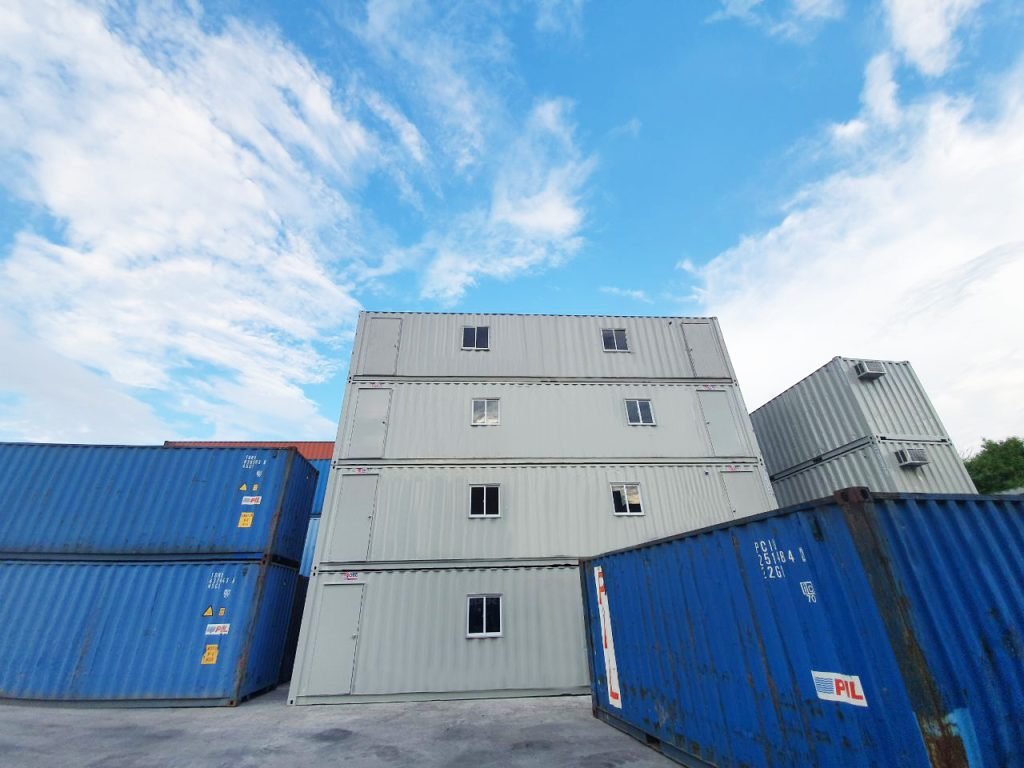Innovative Ways Shipping Containers Are Being Repurposed Around the World
Shipping containers, once the unsung heroes of global trade, are now gaining a second life as versatile building materials. Their robust construction and modular design make them ideal for a range of creative and practical uses. From urban housing solutions to unique commercial spaces, innovative minds around the world are repurposing these steel boxes in exciting ways. Here’s a look at some of the most inventive and inspiring uses for shipping containers today.
1. Affordable Housing
As urban populations continue to grow, affordable housing is becoming an increasingly pressing issue. Shipping containers offer a cost-effective and sustainable solution. Projects like the “Container City” in London and “Container Homes” in the United States demonstrate how these containers can be transformed into stylish, functional living spaces. The modular nature of containers allows for flexible designs, enabling the creation of everything from single-family homes to multi-unit apartment complexes.
In addition to affordability, container homes are praised for their durability and low environmental impact. They can be outfitted with energy-efficient systems, green roofs, and recycled materials, making them a green alternative to traditional construction methods.
2. Pop-Up Shops and Cafés
The flexibility of shipping containers makes them ideal for pop-up shops and cafés. Their portability allows businesses to set up temporary locations in high-traffic areas, festivals, or even vacant lots. This approach is not only cost-effective but also adds an element of novelty that attracts customers.
One notable example is the “Boxpark” in London, a pop-up mall made entirely from repurposed containers. It houses a variety of shops, eateries, and art installations, creating a vibrant community space. Similarly, container cafés are popping up around the world, offering unique dining experiences and showcasing how versatile these containers can be.
3. Innovative Offices
The rise of remote work and the need for creative office spaces have led to the adoption of shipping containers for office use. Companies are repurposing containers into modern, efficient workspaces that can be customized to fit their needs. The minimalist design and modularity of containers allow for easy reconfiguration and expansion.
For instance, companies like “Containerwerk” in Germany are transforming containers into sleek, modern offices complete with all the amenities needed for a productive work environment. These container offices can be stacked, connected, or arranged in various configurations, offering a flexible solution for businesses looking to adapt to changing needs.
4. Art and Cultural Spaces
Shipping containers are also making their mark in the art world. Artists and cultural institutions are using containers as galleries, studios, and performance spaces. Their unique aesthetic and adaptability lend themselves well to creative projects and installations.
The “Container Art Project” in Australia is a prime example, using containers as mobile art galleries that travel to different locations, bringing art to diverse audiences. Similarly, the “NYC Street Art” project in New York uses repurposed containers as canvases for large-scale murals, turning these structures into public art pieces.
5. Disaster Relief and Emergency Shelters
In disaster-stricken areas, shipping containers are proving to be a valuable resource for emergency shelters. Their strength and portability make them ideal for providing temporary housing and medical facilities in crisis situations.
Organizations like “Boxabl” are using containers to create rapidly deployable, durable shelters that can be easily transported and assembled in areas affected by natural disasters. These shelters offer a quick and effective solution for housing displaced individuals and providing essential services.
6. Greenhouses and Urban Farming
With the rise of urban agriculture, shipping containers are being repurposed as greenhouses and hydroponic farms. These container farms offer a controlled environment for growing produce, making them ideal for urban settings where space is limited.
The “Freight Farms” initiative in the United States is a leading example, using repurposed containers to create fully functional indoor farms that grow fresh vegetables year-round. These container farms are not only a sustainable solution to food production but also a way to bring fresh, locally grown produce to urban areas.
Conclusion
The creative repurposing of shipping containers demonstrates their potential beyond their original use in global logistics. From housing and offices to art spaces and urban farms, these containers are being transformed into a diverse array of functional and innovative structures. As the world continues to seek sustainable and adaptable solutions, shipping containers will undoubtedly play an increasingly important role in shaping our built environment. Whether addressing housing shortages, providing emergency relief, or fostering creativity, the humble shipping container is proving to be a true game-changer in the realm of design and construction.






